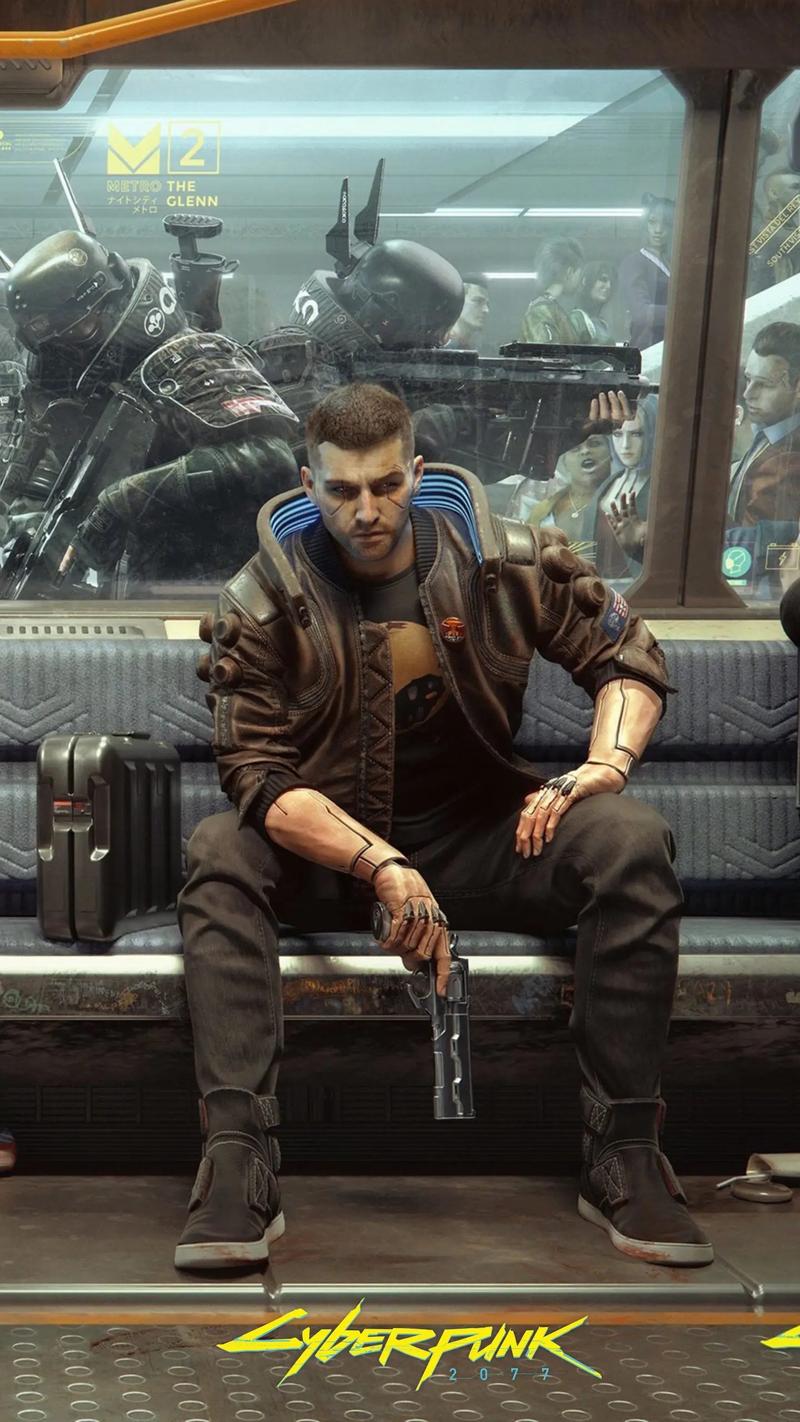Do Fire Emblem's Mobile Games Retain JRPG Elements Better Than Other Mobile JRPGs?
The rise of mobile gaming has fundamentally reshaped the JRPG (Japanese Role-Playing Game) landscape. While many beloved franchises have transitioned to smartphones, the results have been a mixed bag. Some titles feel like faithful adaptations of their console brethren, while others are thinly veiled gacha systems with RPG skins. In this crowded and often monetization-driven market, Fire Emblem Heroes stands out. A strong argument can be made that it retains the core JRPG elements more effectively and authentically than many of its mobile counterparts. This success is not accidental; it stems from a deliberate design philosophy that prioritizes strategic gameplay, narrative integration, and character development—hallmarks of the mainline Fire Emblem series—while adapting them intelligently for the mobile platform.
To understand this claim, one must first define the core JRPG elements often at risk in mobile adaptations. Traditional JRPGs are characterized by:
- Turn-Based Strategic Gameplay: A focus on tactical decision-making over twitch reflexes.
- Compelling Narrative and World-Building: A story-driven experience set in a rich, cohesive world.
- Character Development and Progression: Both in terms of statistical growth (levels, skills) and emotional depth (character arcs, relationships).
- Meaningful Resource Management: Careful consideration of items, currency, and abilities.
Many mobile JRPGs, particularly gacha games, often sacrifice these elements for accessibility and monetization. Gameplay can be reduced to auto-battling through repetitive stages, narratives become an afterthought to the summoning cycle, and character progression is gated overwhelmingly by luck and wallet size. The "JRPG" essence is often lost.
Fire Emblem Heroes avoids these pitfalls by building its systems directly upon the foundation of its source material. The most significant retention is in its strategic gameplay. Unlike many mobile RPGs that use a simple tap-to-attack or auto-battle system, Heroes implements a simplified yet deeply engaging version of the tactical grid-based combat the series is known for. The Weapon Triangle (a rock-paper-scissors system of sword-axe-lance) is present and crucial for success. Positioning, unit synergy, and skill activation are paramount. Maps may be small, but they are meticulously designed to require thoughtful moves rather than mindless tapping. This stands in stark contrast to many other mobile JRPGs where strategy is often secondary to raw stats and team composition dictated by gacha luck. In Heroes, a common unit with a smart strategy can often triumph over a rare, powerful one, preserving the tactical soul of JRPGs.
Furthermore, Fire Emblem Heroes excels in character development and integration. The series has always been celebrated for its vast, memorable cast, and Heroes leverages this strength masterfully. While the gacha mechanic is central, it is not devoid of context. Every character summoned comes with their own dialogue, voice lines, and a place in the "Heroic Compendium," acknowledging their origin game. The "Forging Bonds" event is a prime example of JRPG-style character writing in a mobile format. It offers dedicated story chapters for new characters, allowing them to interact with each other in meaningful ways that develop their personalities beyond their original games. This creates emotional investment in the units beyond their statistical value. Compare this to many other gacha games where new characters are often introduced with a splash art and a stat block, their narrative significance minimal or non-existent. Heroes treats its characters as personalities first and collectibles second, a key JRPG tenet.
The narrative approach of Heroes also demonstrates a stronger commitment to JRPG conventions. While the main "Askran" storyline is simple, the game continuously introduces "Paralogue" stories that feature characters from across the entire Fire Emblem franchise. These stories are not just excuses for battles; they often explore "what-if" scenarios and character interactions that fans cherish. Moreover, the game’s major event modes like "Tempest Trials" and "Grand Conquests" are always wrapped in a narrative premise, giving purpose to the grind. This constant drip-feed of character-driven storytelling ensures the world feels alive and connected, a feat many story-light mobile RPGs fail to achieve. The world-building, while built on crossover fan service, is consistent and engaging.
This is not to say Fire Emblem Heroes is devoid of aggressive monetization. The gacha system, power creep, and the existence of premium currencies are all present and impactful. However, its genius lies in how it ties these systems to gameplay loops that feel inherently JRPG-like. Feathers and Orbs, the primary currencies, are used not just for summoning but for promoting units and unlocking potential—a direct parallel to the job promotion and skill systems in mainline games. Grinding for SP (Skill Points) to learn abilities mirrors traditional JRPG skill trees. The resource management, while monetized, still requires strategic planning reminiscent of the genre.
In contrast, many other mobile JRPGs feel more divorced from their roots. Games like The Alchemist Code or Brave Exvius have strategic elements but often devolve into stat-check battles or require specific gacha units to complete content. Their stories, while sometimes expansive, can feel disconnected from the core gameplay loop of summoning and grinding. They are JRPGs in aesthetic but often lack the strategic and narrative depth.

In conclusion, Fire Emblem Heroes succeeds where others falter because it functions as a distillation of its source material rather than a dilution. It identifies the core pillars of Fire Emblem—tactical combat, character depth, and narrative integration—and faithfully translates them into a mobile-friendly format. The game understands that JRPG elements are not just about art style or level-up sounds; they are about providing a thoughtful, strategic, and story-rich experience. While it operates within the constraints of the mobile gacha model, it consistently bends that model to serve its JRPG heart, rather than letting the model overwrite it. For this reason, it stands as a superior example of how to retain the soul of a JRPG on the mobile platform, proving that with careful design, a free-to-play game can honor its genre's traditions better than many of its peers.















